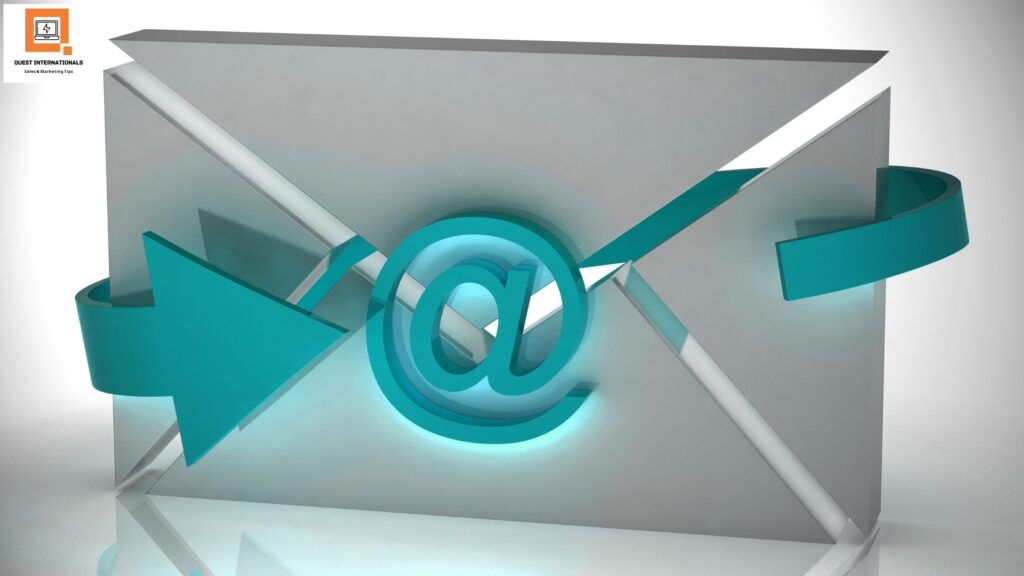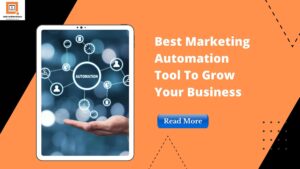Staying ahead of the curve is essential for businesses looking to establish and preserve a strong online presence in the fast-paced world of digital marketing. Email automation has emerged as a powerful tool, offering businesses a streamlined and efficient way to connect with their audience, nurture leads, and ultimately drive conversions.
We’ll go into email automation in this blog post, exploring its advantages, best practices, and how it can significantly enhance your marketing strategies.
Understanding Email Automation

Automation involves using software to send personalized and targeted emails to your audience based on predefined triggers or actions. Instead of manually sending individual emails, businesses can set up automated workflows that respond to user behavior, delivering relevant content at the right time. This not only saves time and resources but also ensures a more personalized and timely communication strategy.
I. Benefits of Email Automation
- Time Efficiency: One of the primary advantages of automation is the time it saves. With automated workflows in place, businesses can engage with their audience without the need for constant manual intervention. This allows marketing teams to focus on strategy, creativity, and analyzing data to optimize email campaigns.
- Personalization: Personalized communication is key to effective marketing. Automation enables businesses to tailor their messages based on customer behavior, demographics, and preferences. Providing content that is truly relevant to the recipient’s interests and requirements is a more advanced kind of customization than just addressing them by name.
- Lead Nurturing: Email automation is a powerful tool for lead nurturing. By setting up automated drip campaigns, businesses can guide leads through the sales funnel, providing them with valuable information and building a relationship over time. This helps move leads from awareness to consideration and, ultimately, to conversion.
- Increased Engagement: Automated emails can be triggered based on user interactions, such as opening an email, clicking a link, or visiting a specific webpage. This timely response to user behavior increases engagement and encourages users to take the next desired action, whether it’s making a purchase, signing up for a webinar, or downloading a resource.
- Data-Driven Insights: Automation tools provide valuable data and insights into the performance of your campaigns. From open rates and click-through rates to conversion metrics, businesses can analyze the data to understand what works and what doesn’t. This information is crucial for making data-driven decisions and optimizing future campaigns.
II. Best Practices for Email Automation
The full potential of automation, businesses should adhere to best practices to ensure their email campaigns are effective and well-received by the audience.
- Segmentation: Divide your audience into segments based on factors such as demographics, behavior, and preferences. This allows you to send more targeted and relevant content to specific groups, increasing the likelihood of engagement.
- Personalization: Personalize your emails to make them more appealing and relevant to individual recipients. Include their name, recommend products based on their previous purchases, and tailor content to their preferences. Personalization creates a sense of connection and increases the chances of conversion.
- Optimize Timing: Pay attention to the timing of your automated emails. Use data analytics to identify when your audience is most active and likely to engage with your content. Timing can significantly impact open rates and overall campaign success.
- A/B Testing: Experiment with different elements of your emails, such as subject lines, CTAs, and content, through A/B testing. This allows you to identify what resonates best with your audience and refine your strategies accordingly.
- Clear CTAs: There should be an attention-grabbing call-to-action (CTA) in every email. Whether it’s making a purchase, signing up for a webinar, or downloading a resource, the CTA should be prominently displayed and easy to understand.
- Mobile Optimization: It is essential to optimize emails for mobile responsiveness, as more and more users are viewing emails on mobile devices. Ensure that your content is easily readable and that all elements are well-aligned on smaller screens.
- Monitor and Adjust: Regularly monitor the performance of your automation email campaigns. Track key metrics, analyze the data, and be prepared to make adjustments based on the insights gained. Continuous improvement is essential for long-term success.
III. Use Cases of Email Automation
- Welcome Series: Automate a series of welcome emails to new subscribers. Introduce them to your brand, provide valuable information, and encourage them to explore your products or services.
- Abandoned Cart Emails: Set up automated emails to remind users about items left in their shopping cart. Include incentives such as discounts or free shipping to encourage them to complete their purchase.
- Educational Drip Campaigns: Nurture leads with educational content through automated drip campaigns. Gradually introduce them to your products or services and position your brand as an authority in your industry.
- Event Reminders and Follow-ups: For webinars, conferences, or other events, automate reminder emails leading up to the event. Follow up with attendees afterward, providing additional resources or exclusive offers.
- Re-Engagement Campaigns: Identify inactive subscribers and automate re-engagement campaigns to win them back. Offer special promotions or exclusive content to reignite their interest.
IV. Selecting the Right Automation Tool

Choosing the right email automation tool is crucial for the success of your campaigns. When selecting a tool, take into consideration the following factors:
- Ease of Use: Look for a tool that is user-friendly and intuitive. This is especially important if you have a small team or limited resources for training.
- Integration Capabilities: Ensure that the automation tool can seamlessly integrate with your existing marketing stack, including CRM software, analytics tools, and e-commerce platforms.
- Automation Capabilities: Assess the automation capabilities of the tool. It should offer a variety of triggers, conditions, and actions to create complex and targeted workflows.
- Personalization Features: Check the tool’s ability to personalize emails based on user data. The more robust the personalization features, the more tailored and effective your campaigns can be.
- Analytics and Reporting: Opt for a tool that provides detailed analytics and reporting features. This data is essential for evaluating the success of your campaigns and making informed decisions for future strategies.
Conclusion
Email Automation emerges as a potent and efficient tool to elevate marketing strategies, offering a plethora of benefits to businesses seeking enhanced engagement and conversion rates.
By streamlining communication processes, personalizing interactions, and ensuring timely and targeted outreach, email automation empowers marketers to nurture leads and build lasting relationships with their audience. The ability to analyze data, track user behavior, and adapt campaigns accordingly further cements its position as a cornerstone in modern marketing techniques.
Embracing email automation is not just a strategy; it is a commitment to staying ahead in the competitive realm of marketing, fostering customer loyalty, and ultimately driving sustained business growth.




